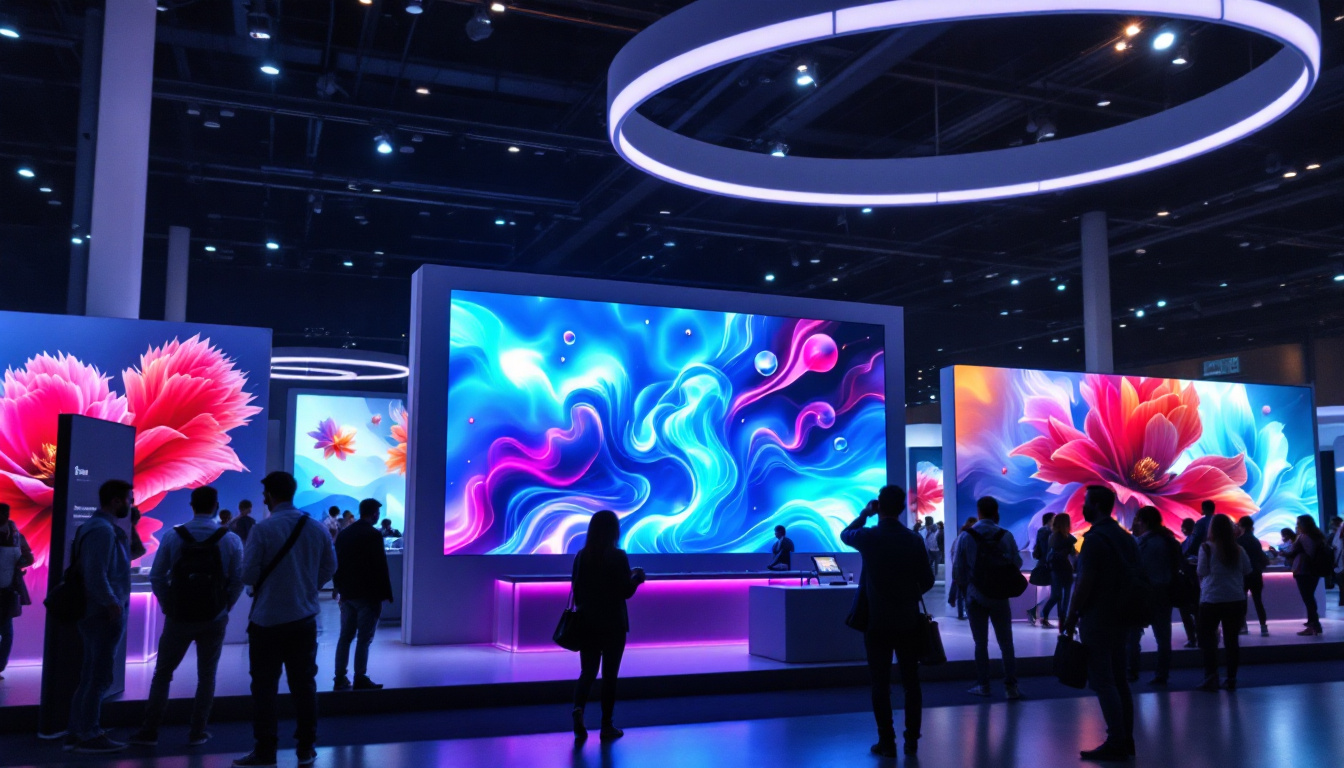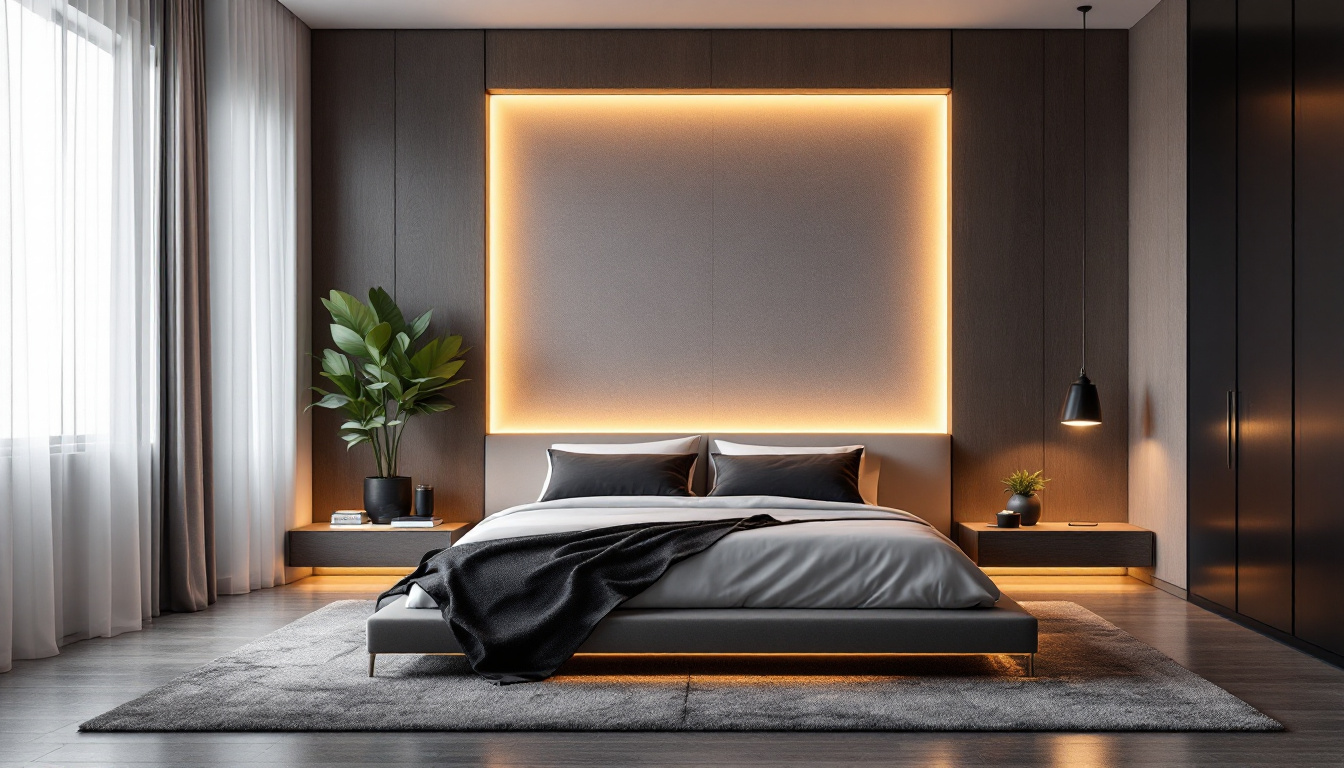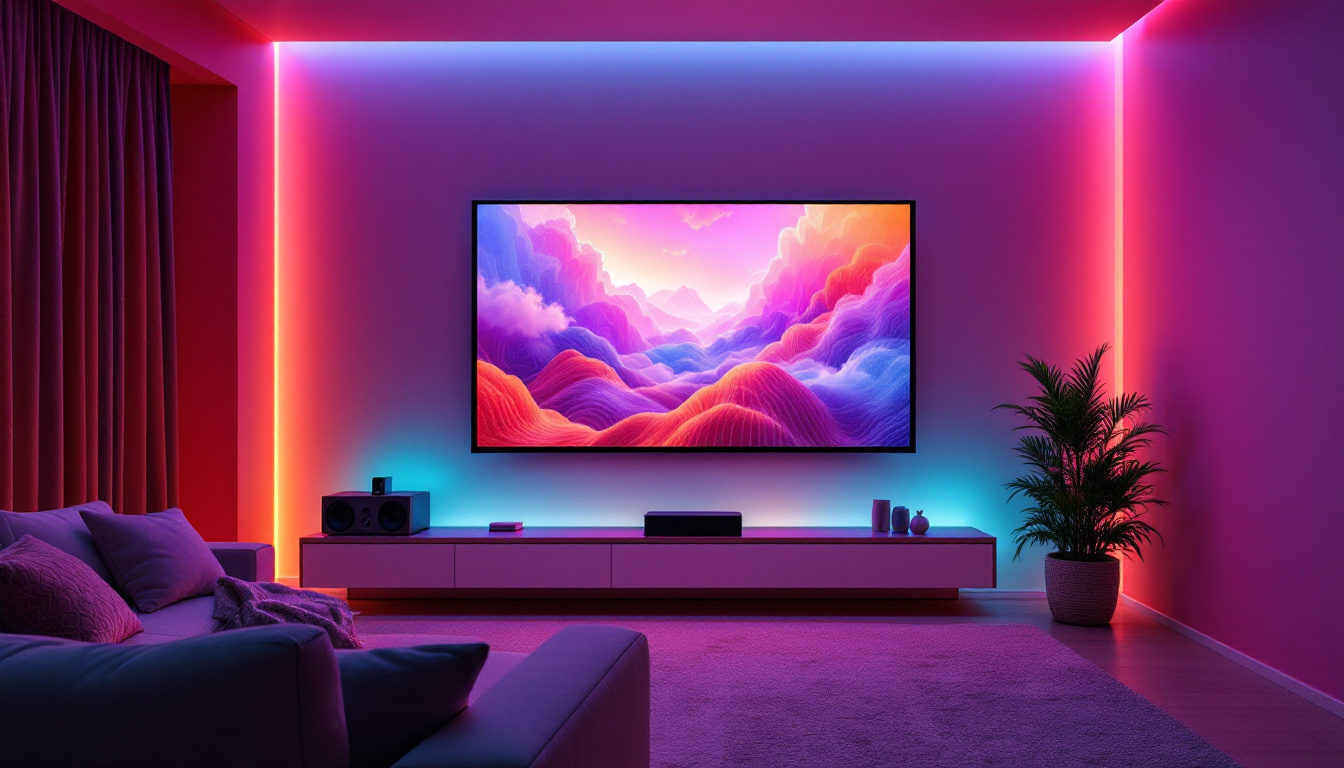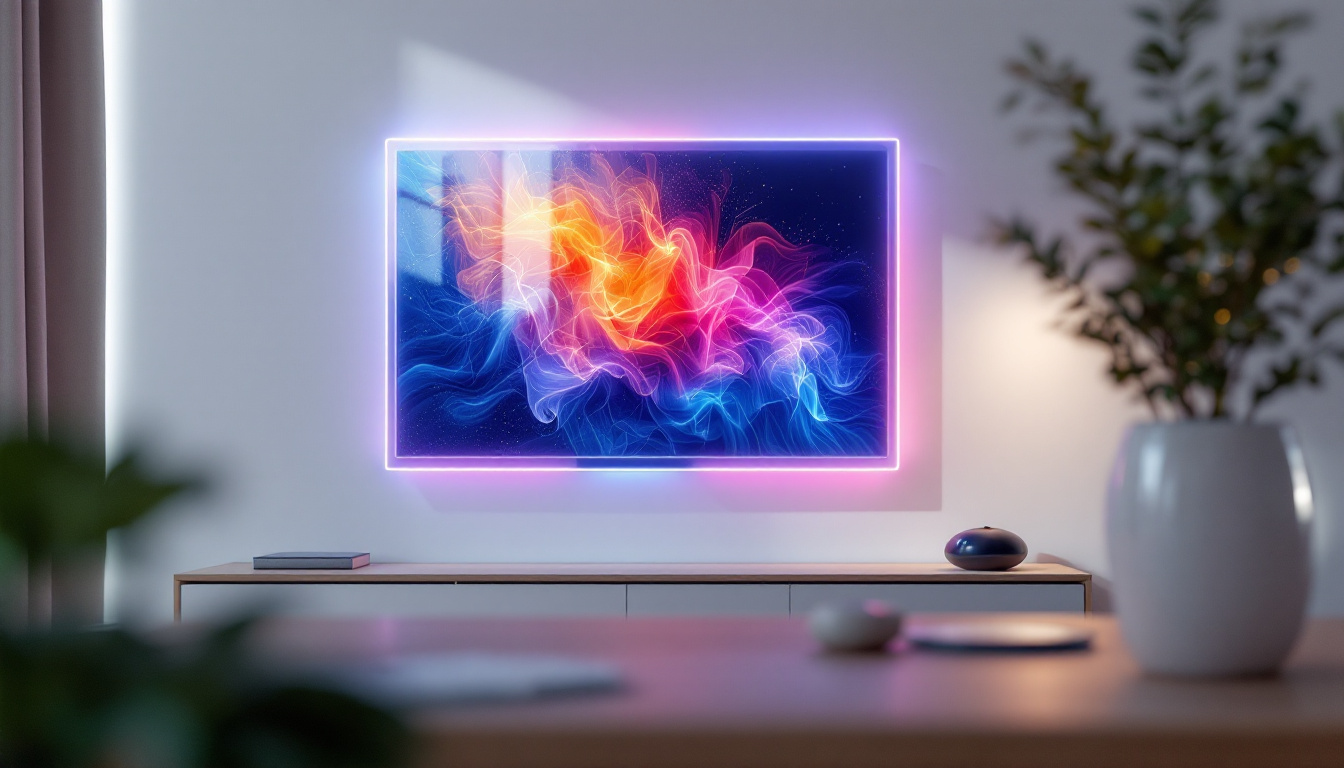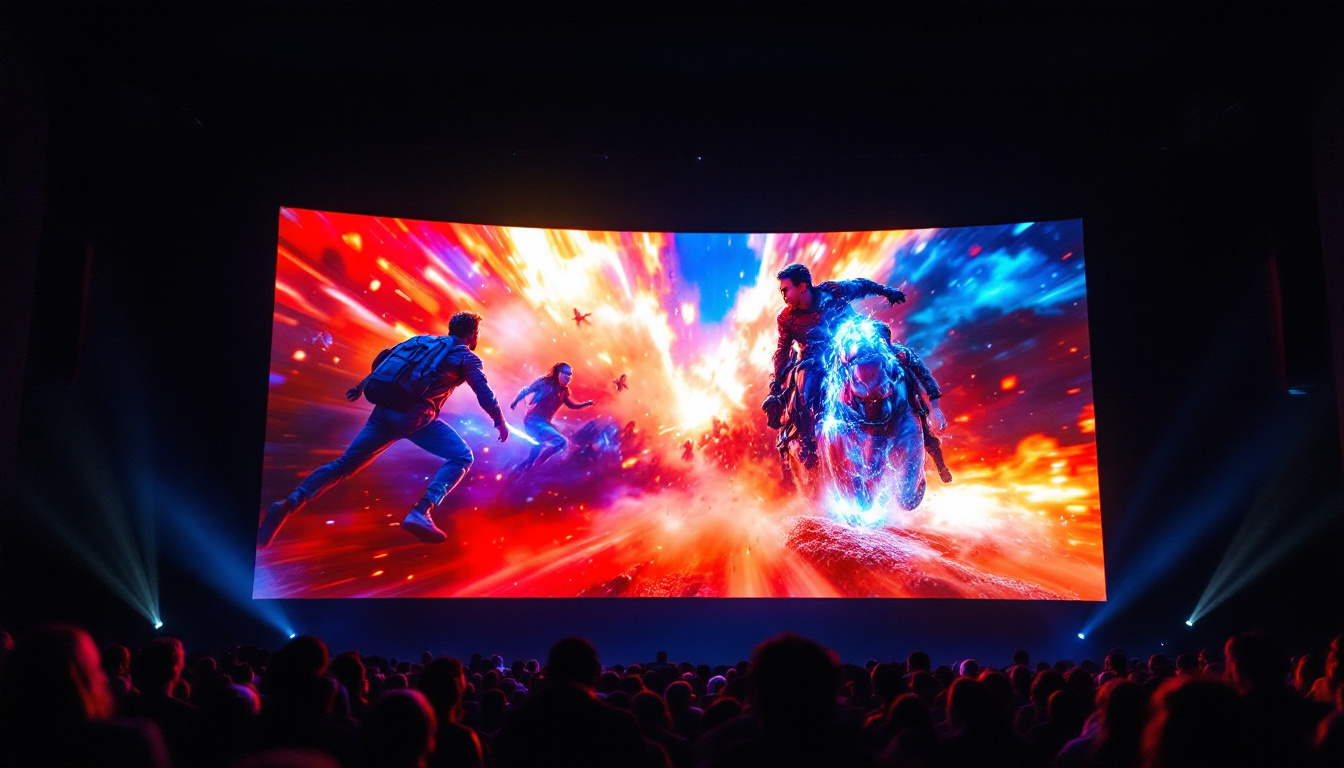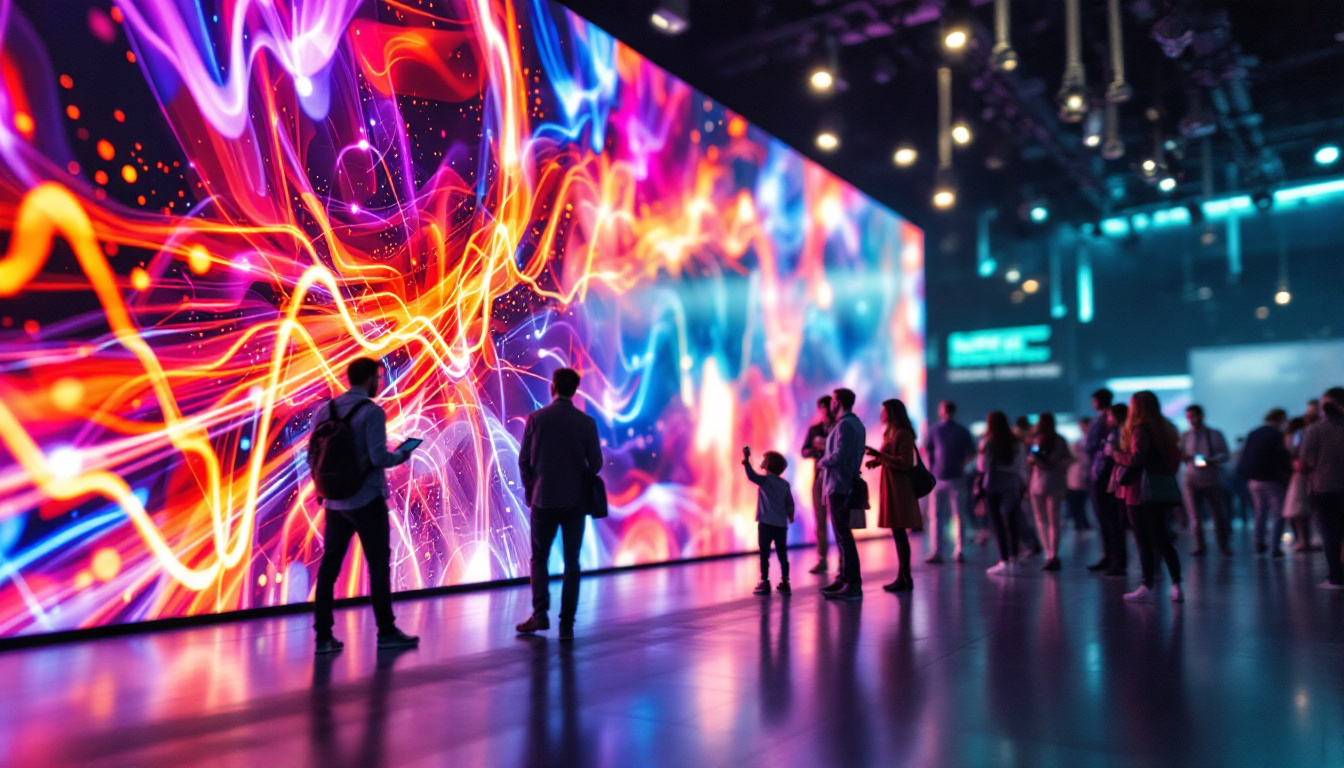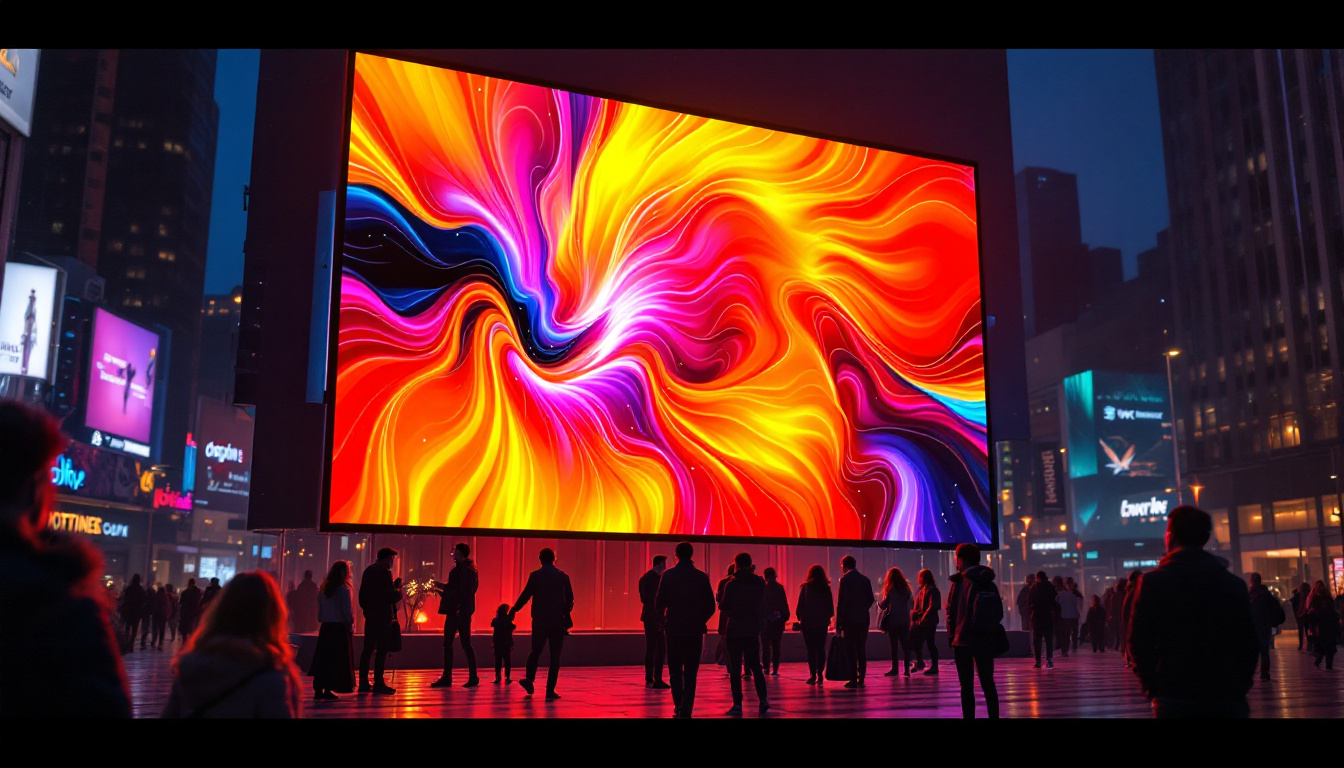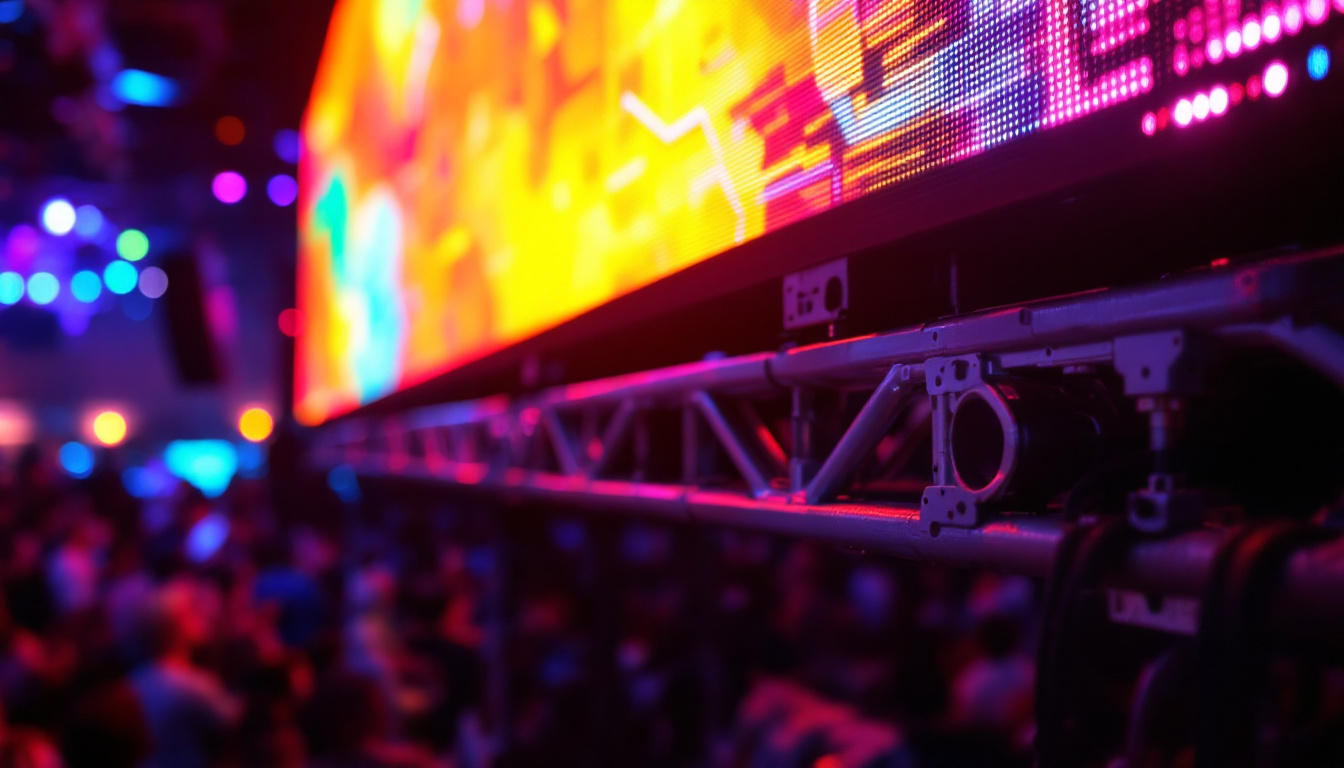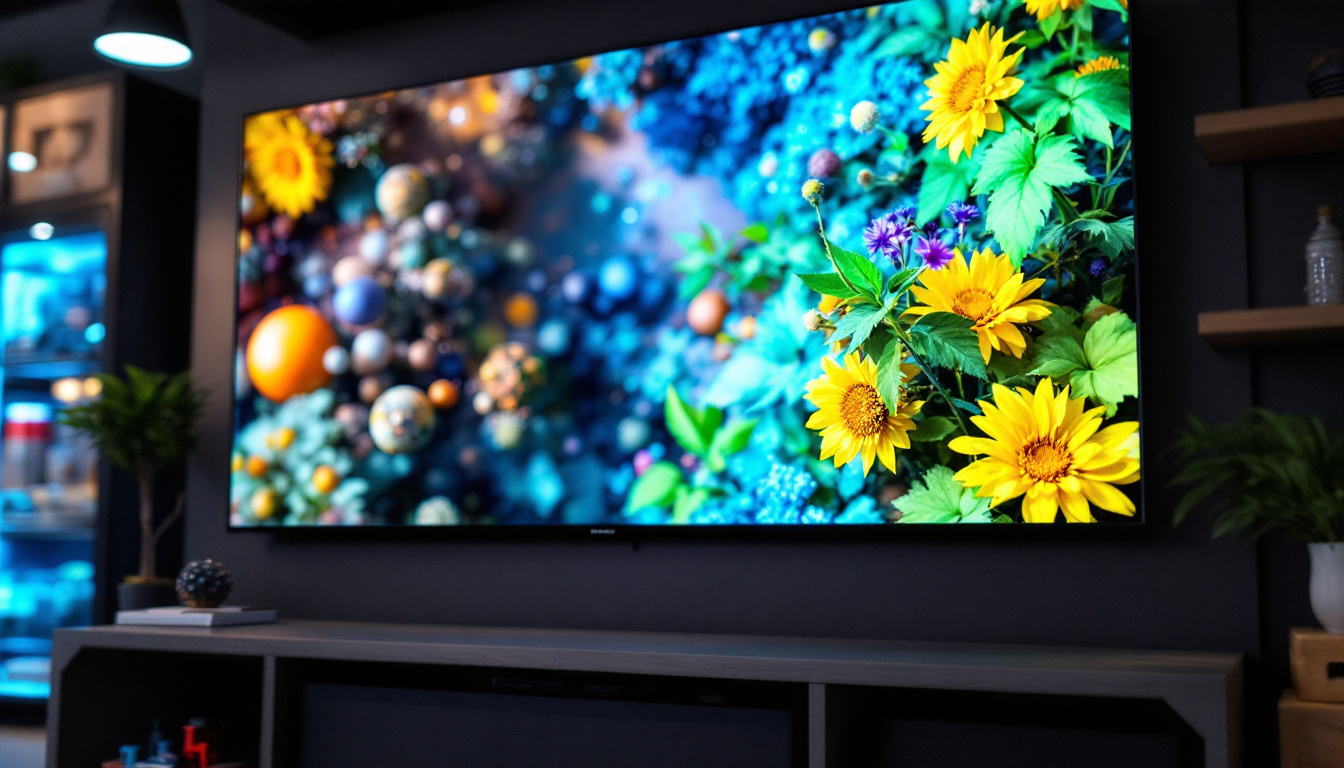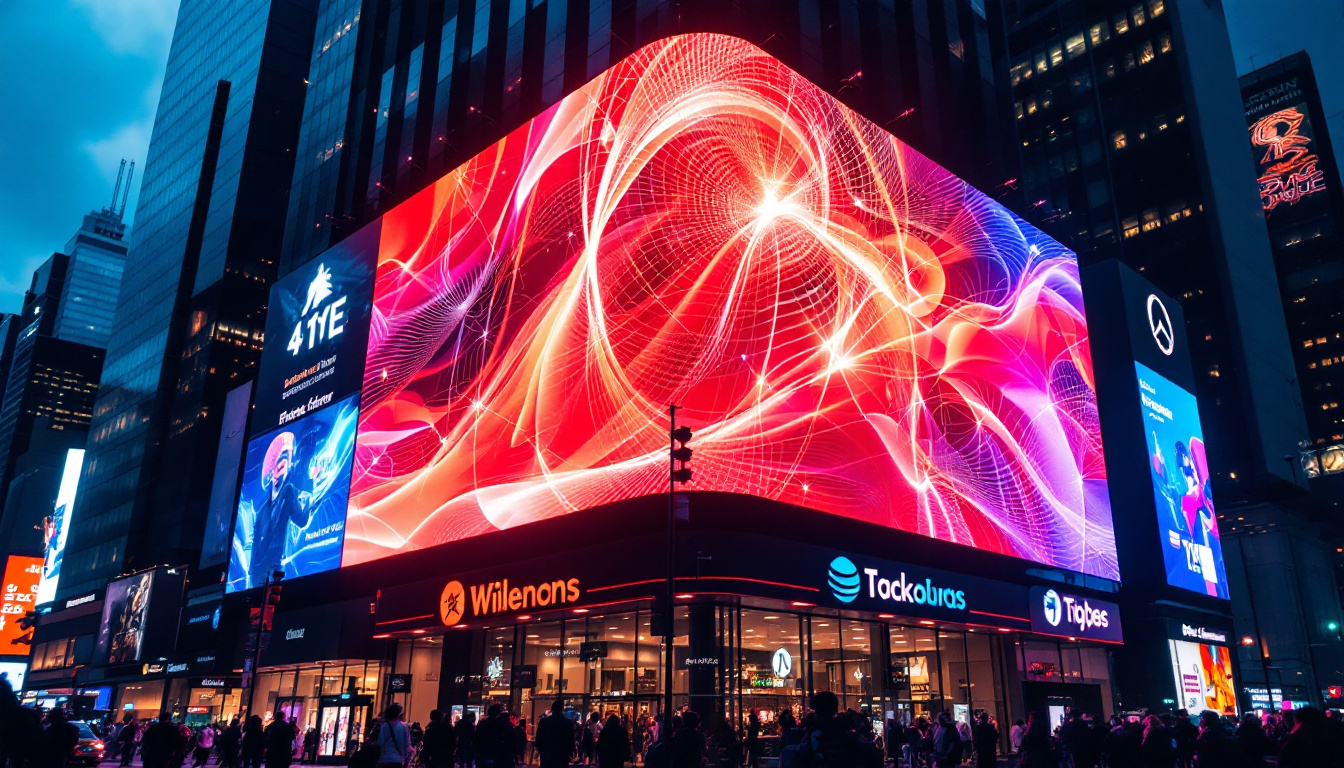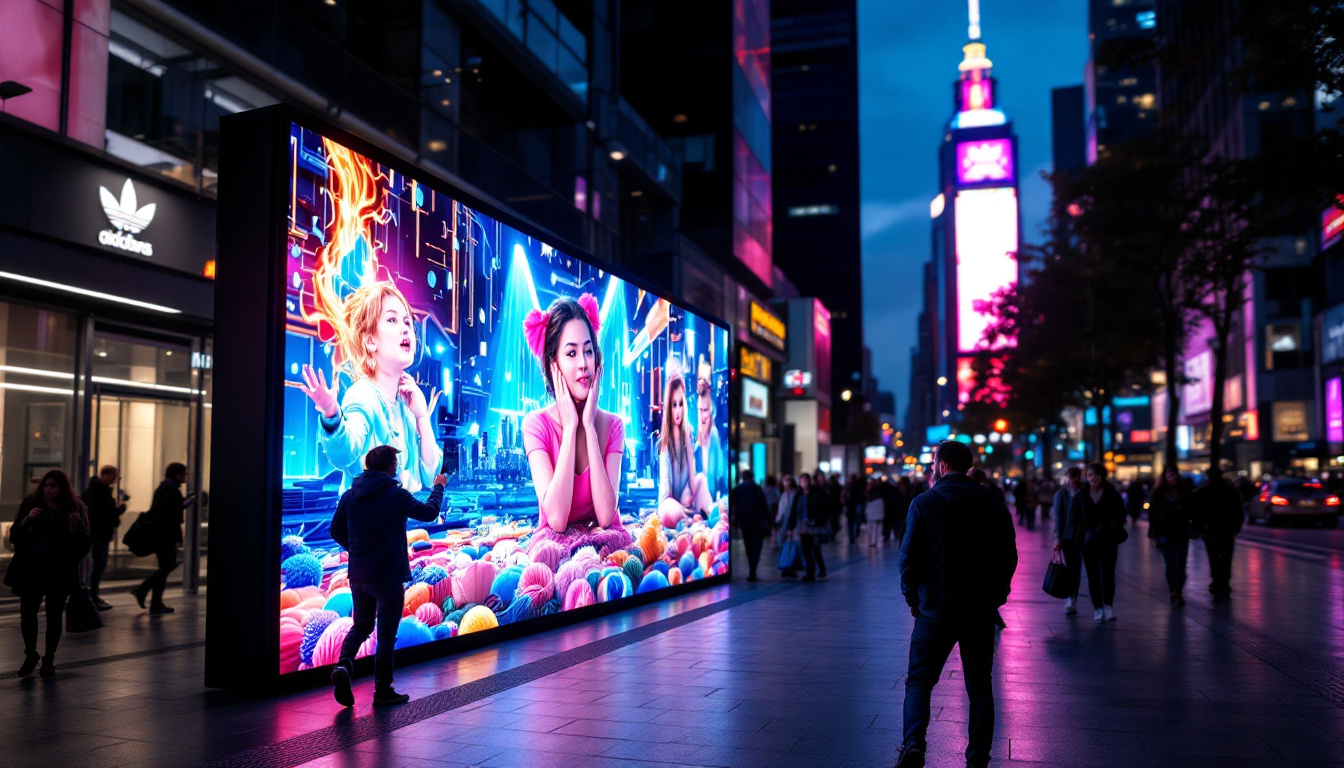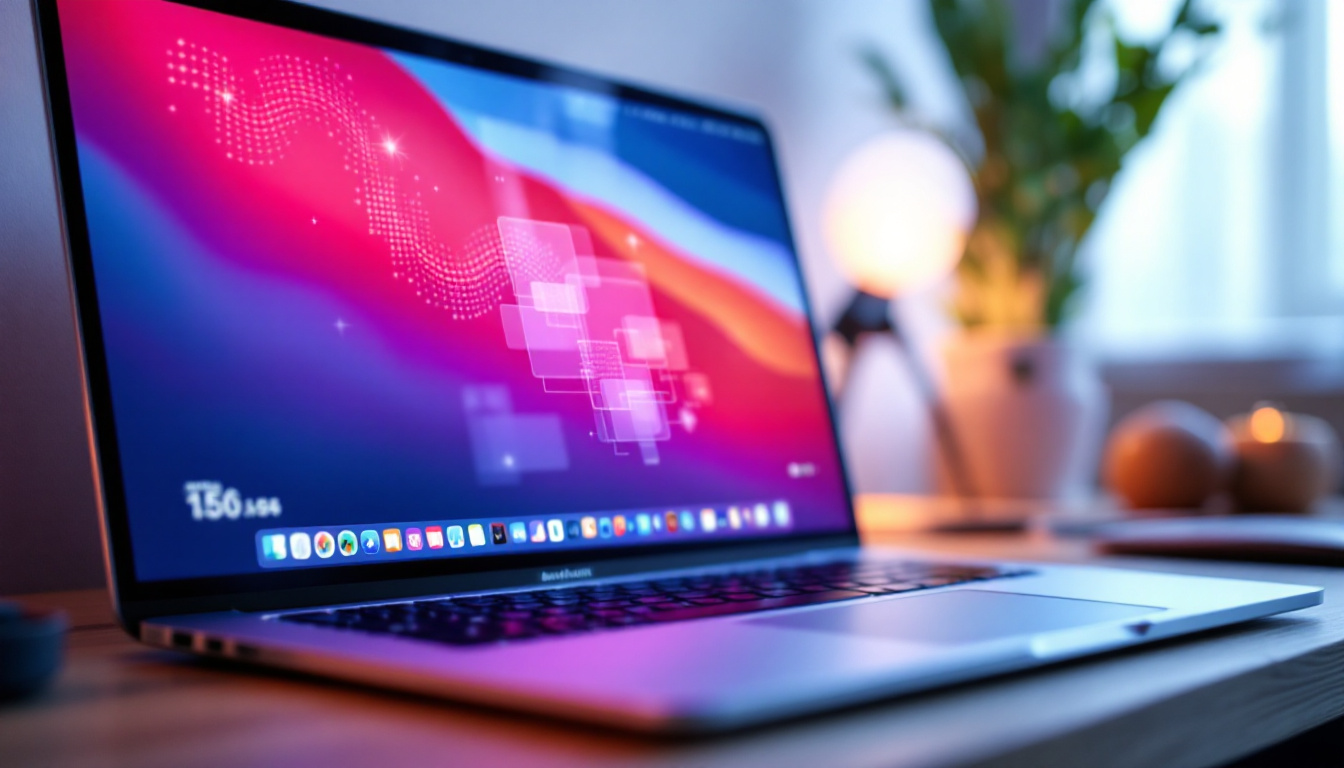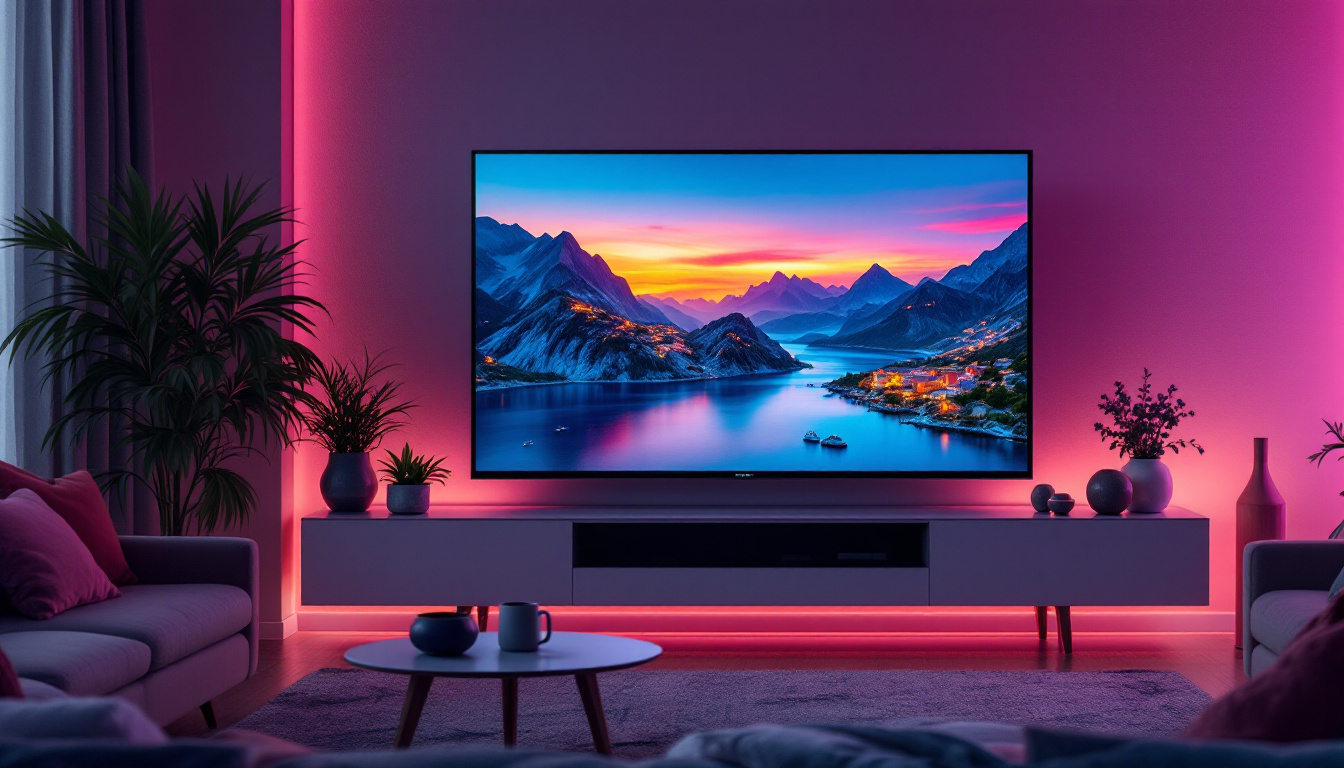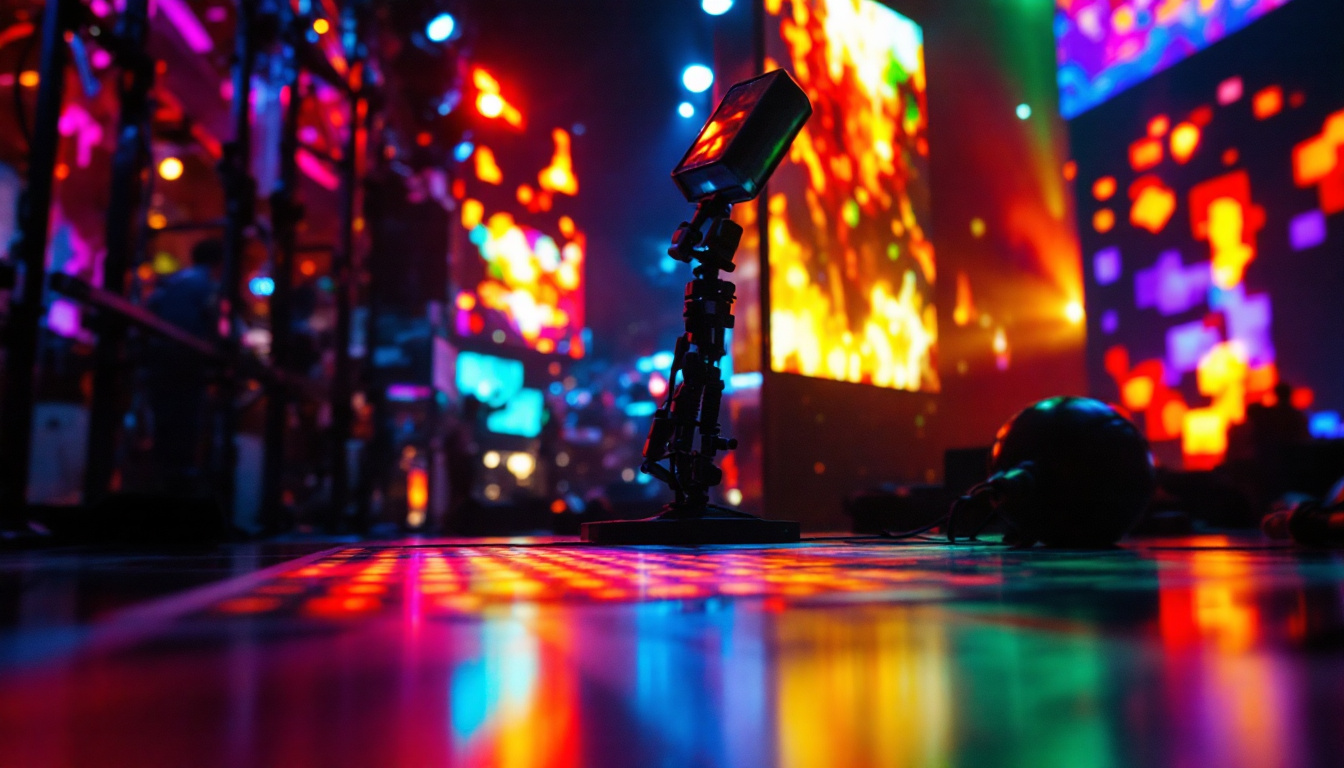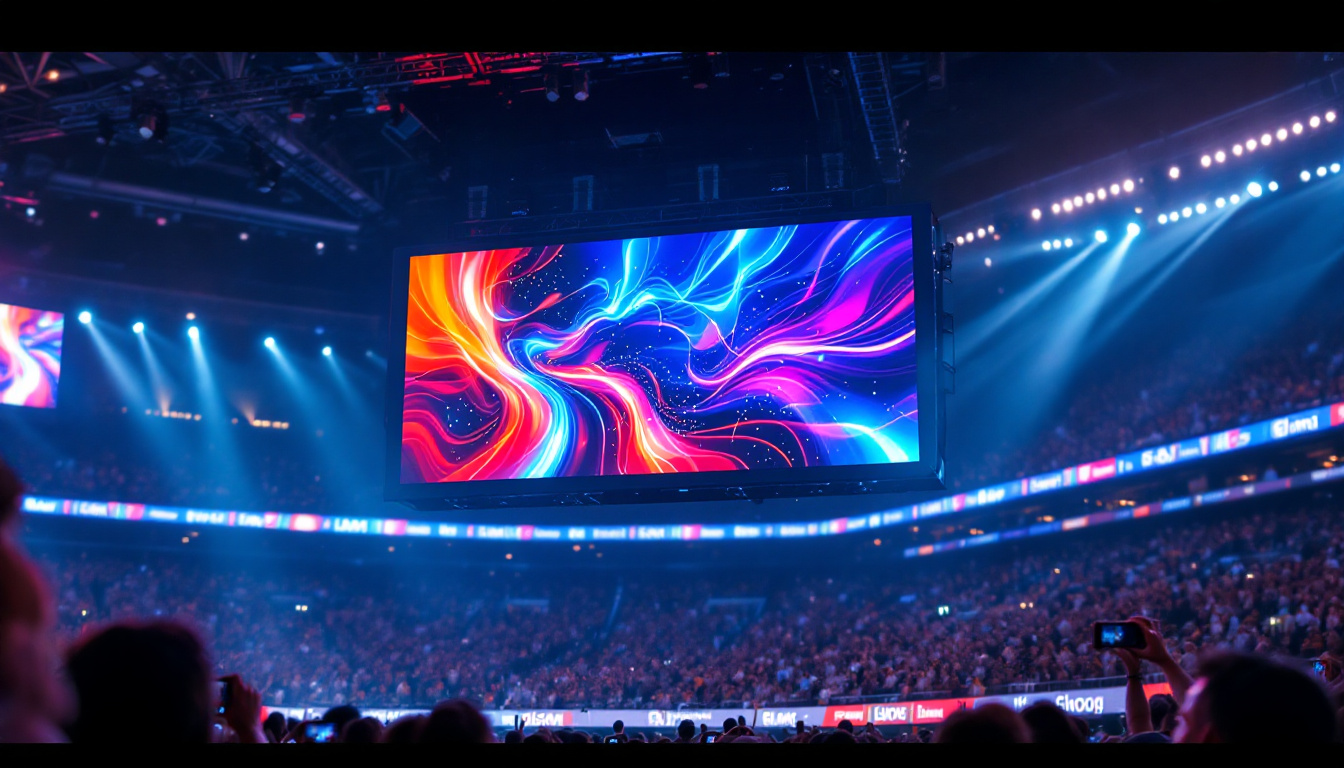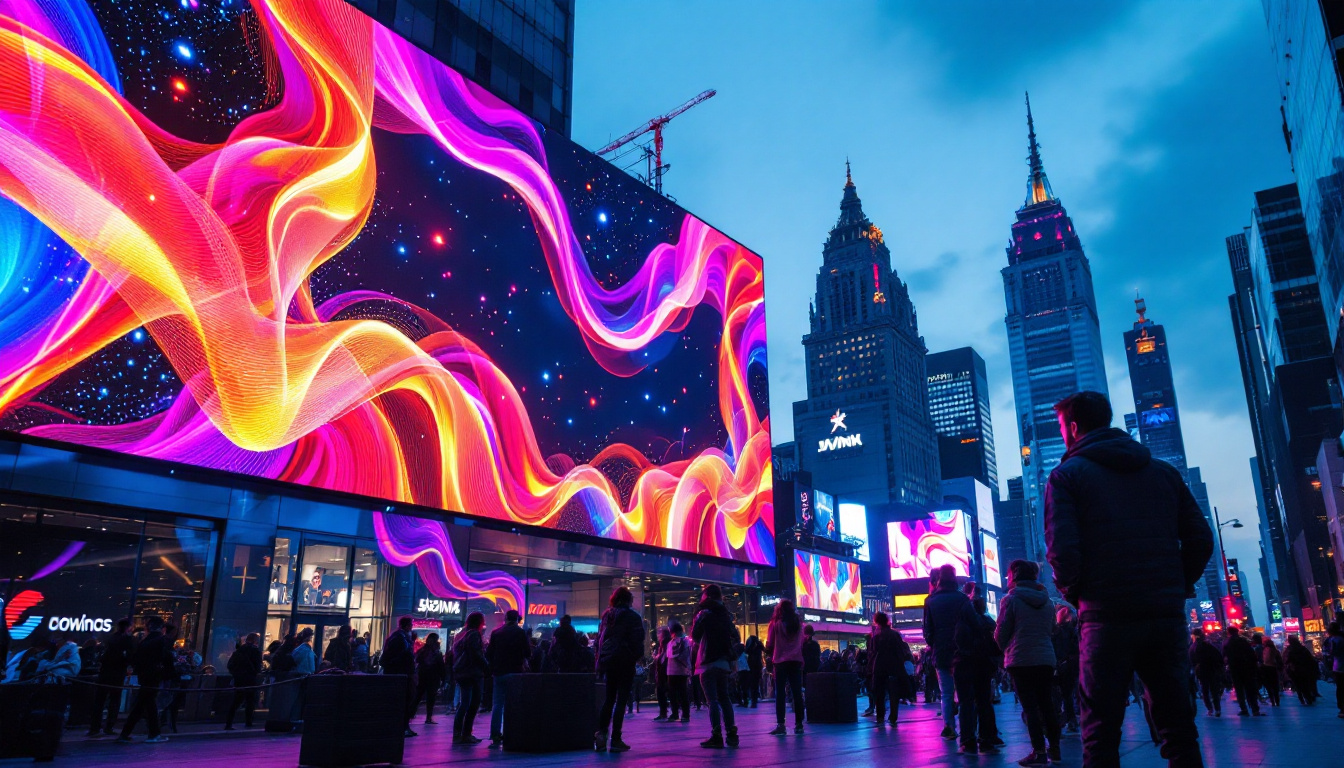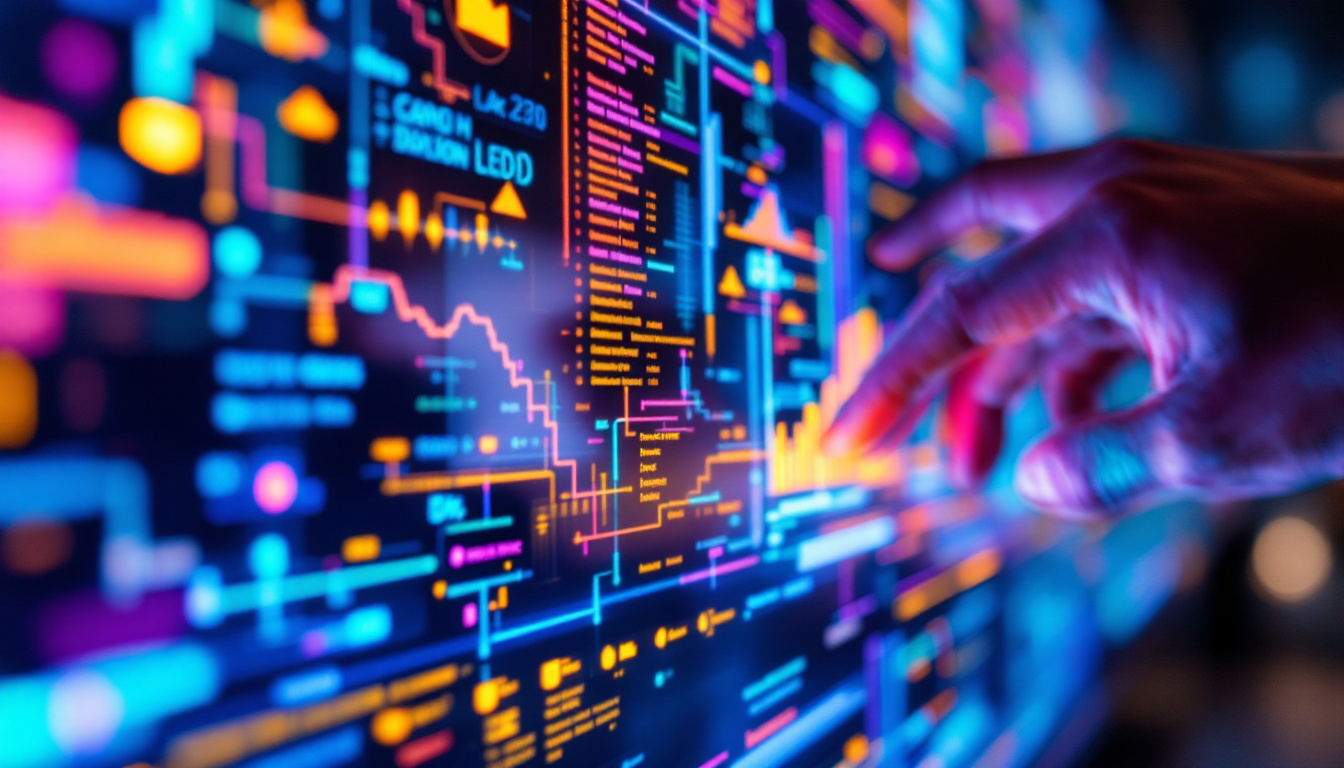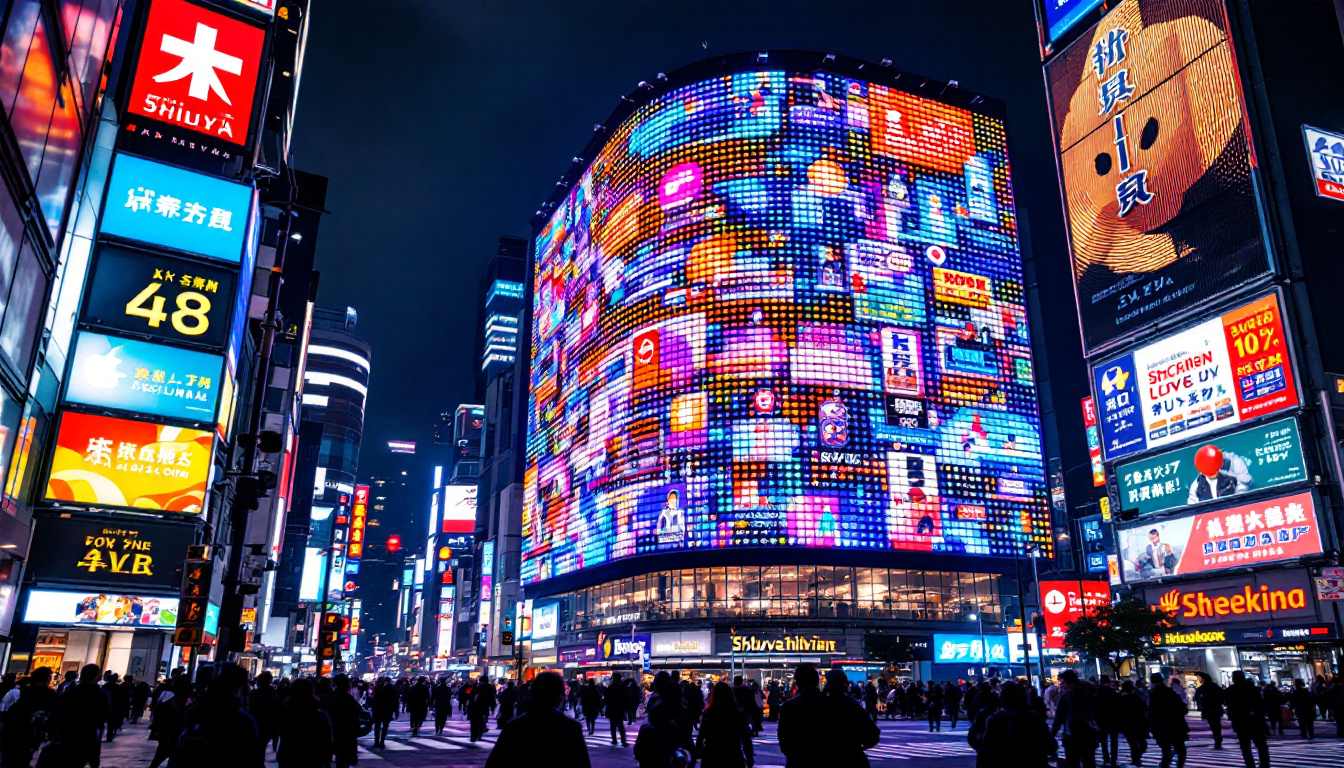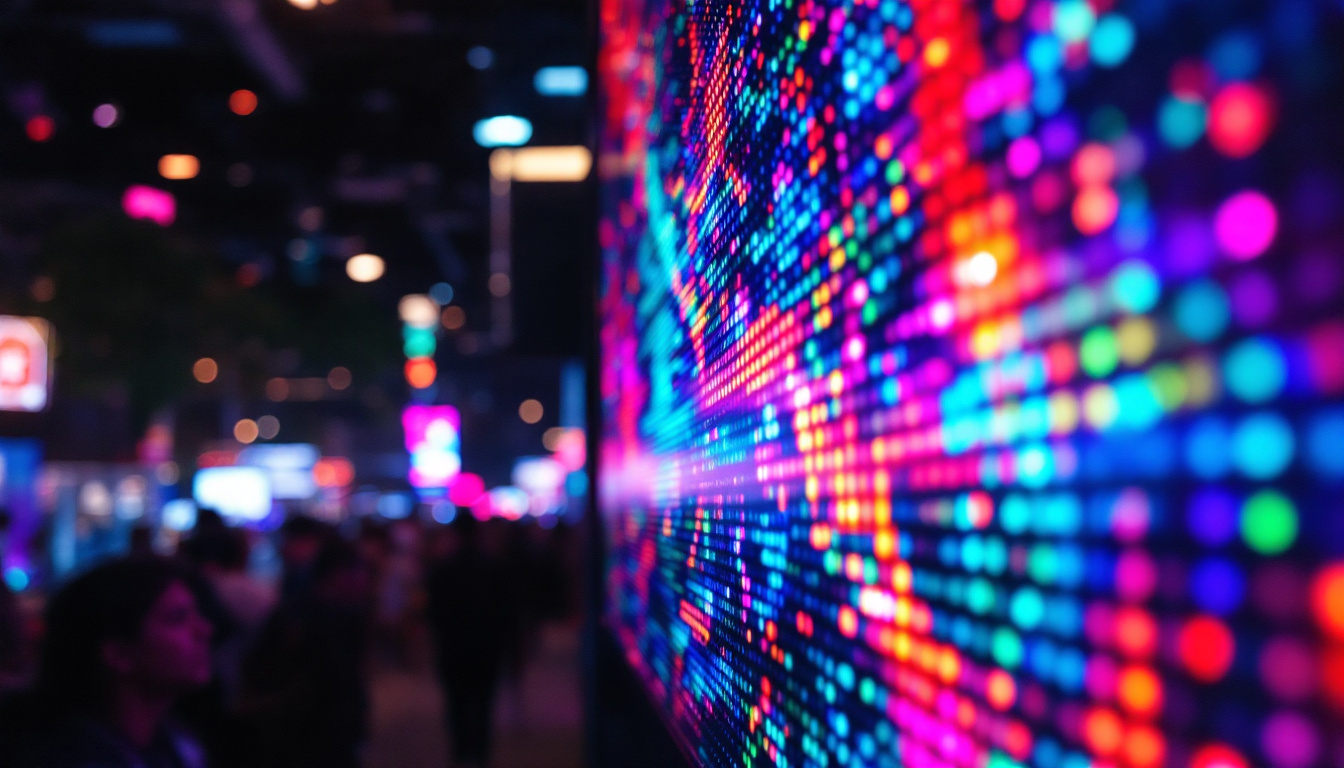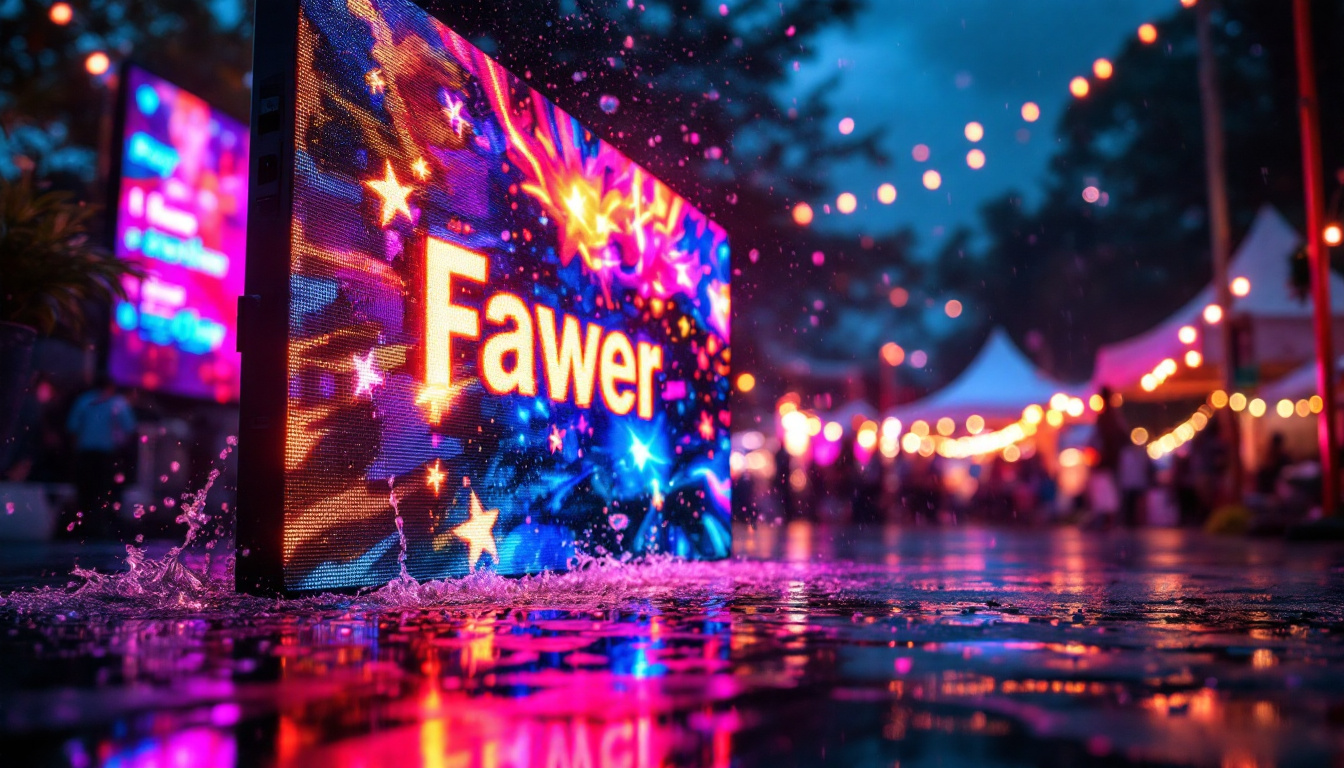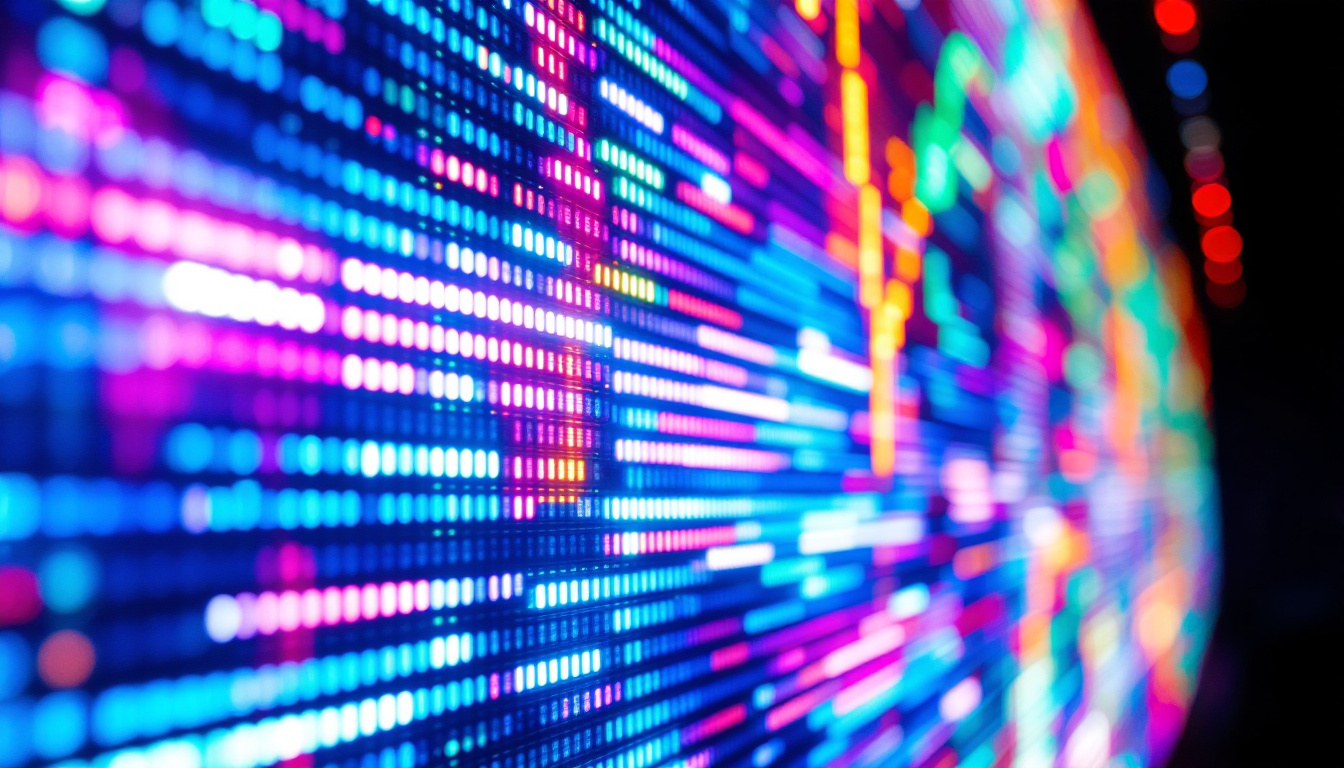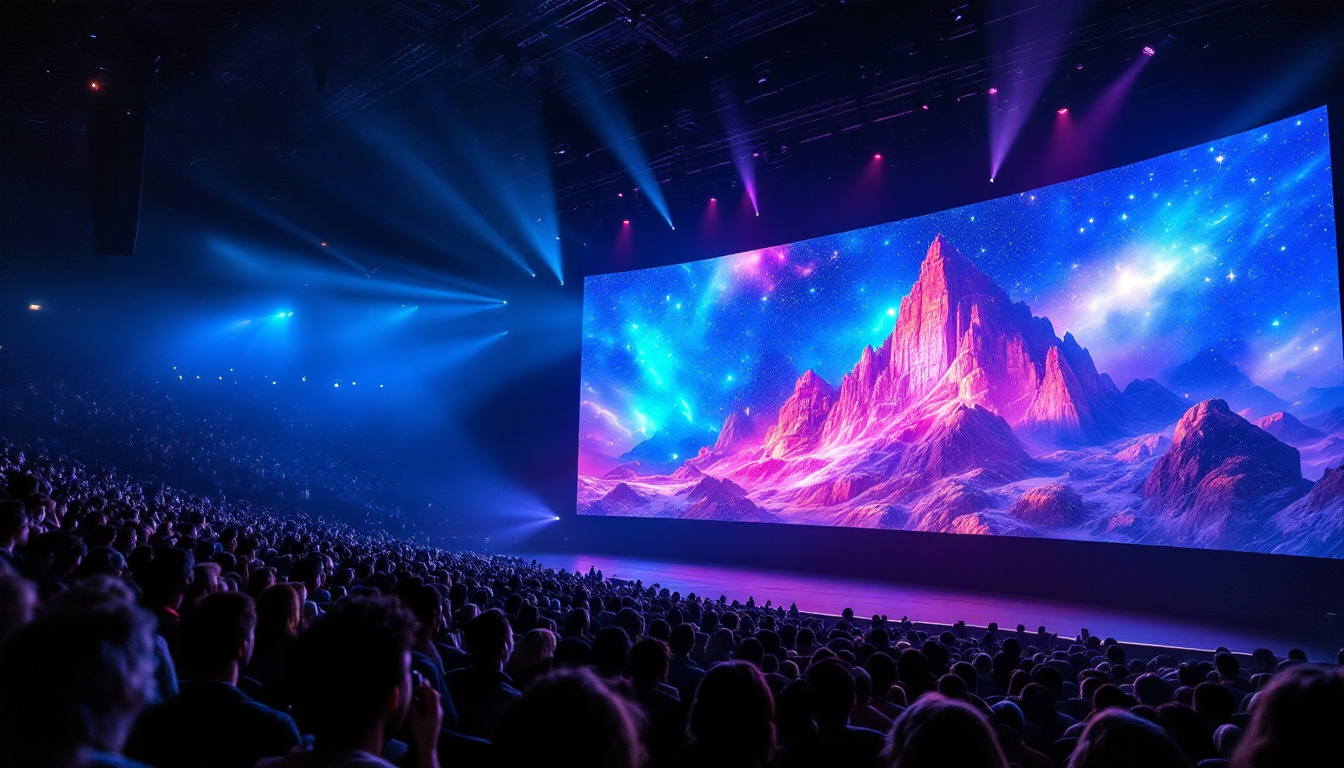In today’s digital world, the way we use monitors has evolved dramatically. Whether for work, gaming, or creative projects, the orientation and display technology of monitors play a crucial role in user experience. Among the many considerations, the choice between vertical and horizontal monitor setups and the type of wallpaper used can significantly impact productivity and aesthetics. Additionally, understanding the underlying technology, such as LED displays, helps users make informed decisions when selecting or customizing their screens.
The Rise of Vertical and Horizontal Monitor Setups
Traditionally, monitors were designed to be used in a horizontal, or landscape, orientation. This layout aligns with the natural field of view and is ideal for watching videos, browsing websites, or gaming. However, vertical, or portrait, monitor setups have gained popularity, particularly among professionals such as programmers, writers, and graphic designers.
Vertical monitors allow for more vertical screen real estate, which is beneficial when reading long documents, coding, or viewing social media feeds. According to a 2023 survey by DisplayDaily, approximately 28% of professionals use at least one vertical monitor in their workspace, highlighting a significant shift in ergonomic preferences. This trend is not just about aesthetics; it reflects a deeper understanding of how different orientations can enhance productivity and comfort in various tasks.
Advantages of Horizontal Monitors
Horizontal monitors provide a wider field of view, which is essential for activities like video editing, gaming, and multitasking with multiple windows side by side. The aspect ratios commonly used, such as 16:9 or 21:9, are optimized for landscape orientation, making content consumption seamless. This layout is particularly advantageous for gamers who benefit from the expansive view of their virtual environments, allowing for better immersion and situational awareness.
Moreover, most wallpapers and visual content are designed with horizontal displays in mind, ensuring that images and graphics appear as intended without distortion or cropping. The prevalence of widescreen formats in films and television further reinforces the dominance of horizontal monitors in entertainment. As a result, many users find that a dual horizontal monitor setup can significantly enhance their workflow, providing ample space for applications and tools while maintaining a cohesive visual experience.
Advantages of Vertical Monitors
Vertical monitors offer distinct benefits for specific tasks. For instance, programmers can view more lines of code without scrolling, enhancing efficiency. Writers and editors can see entire pages of text, which helps in proofreading and content creation. The ability to stack windows vertically also allows for easier comparison of documents or code snippets, making it a favored choice for many in the tech and creative industries.
Additionally, vertical monitors are space-efficient in certain desk setups and can reduce neck strain when reading long documents. Some users also appreciate the unique aesthetic that vertical monitors bring to their workspace. The trend towards minimalism in office design has led to a rise in the use of vertical monitors, as they can create a sleek and modern look. Furthermore, with the increasing popularity of remote work, many individuals are investing in ergonomic solutions that not only enhance productivity but also contribute to a healthier work environment. The versatility of vertical monitors makes them an attractive option for those looking to optimize their workspace for both functionality and style.
Choosing the Right Wallpaper for Vertical and Horizontal Monitors
Wallpaper selection is more than just a decorative choice; it affects how users interact with their screens. The orientation of the monitor influences how wallpapers are displayed, and using the wrong aspect ratio can lead to stretched or pixelated images. A well-chosen wallpaper can enhance productivity by creating a visually pleasing environment that inspires creativity and focus.
Wallpaper Resolution and Aspect Ratio
For horizontal monitors, common wallpaper resolutions include 1920×1080 (Full HD), 2560×1440 (QHD), and 3840×2160 (4K UHD). These resolutions correspond to a 16:9 aspect ratio, which matches most horizontal displays. High-resolution wallpapers not only provide crisp visuals but also allow for more intricate details to shine through, making them ideal for showcasing landscapes, artwork, or intricate designs.
Vertical monitors typically use resolutions like 1080×1920 or 1440×2560, essentially flipping the horizontal resolution to accommodate the portrait orientation. It’s important to use wallpapers specifically designed or cropped for vertical use to maintain image quality and composition. Additionally, vertical wallpapers can be particularly effective for displaying information-rich content, such as calendars or to-do lists, as they utilize the height of the screen effectively.
Creating or Finding Vertical Wallpapers
While horizontal wallpapers are abundant, vertical wallpapers are less common but increasingly available. Many wallpaper websites now categorize images by orientation, making it easier to find suitable vertical wallpapers. Furthermore, some platforms offer user-generated content, allowing creative individuals to share their custom designs, which can inspire others in their wallpaper selection process.
For users who want custom wallpapers, photo editing tools allow cropping and resizing images to fit vertical monitors perfectly. When designing wallpapers, consider the focal point of the image to ensure it remains centered and visually appealing in portrait mode. Experimenting with different color schemes and textures can also help create a unique atmosphere that reflects personal style or enhances the workspace’s overall aesthetic.
Multi-Monitor Wallpaper Considerations
For setups with multiple monitors, especially those combining vertical and horizontal orientations, selecting or creating wallpapers can be challenging. Some users prefer panoramic wallpapers that span across all screens, while others opt for individual wallpapers tailored to each monitor’s orientation. This choice can significantly impact the overall visual coherence of the workspace, making it essential to consider how each image interacts with the others.
Software solutions like DisplayFusion and Wallpaper Engine offer advanced features to manage multi-monitor wallpapers, including orientation-specific adjustments and seamless image spanning. These tools can also allow users to set different wallpapers for each monitor while maintaining a cohesive theme, such as matching colors or styles. Additionally, some applications enable dynamic wallpapers that change throughout the day, providing a fresh and engaging visual experience that can enhance motivation and productivity in a multi-monitor setup.
Understanding LED Display Technology
LED (Light Emitting Diode) displays have become the standard for modern monitors due to their superior image quality, energy efficiency, and slim design. Understanding how LED technology works can help users appreciate the advantages and limitations of their screens.
What is an LED Display?
LED displays are a type of LCD (Liquid Crystal Display) that use light-emitting diodes as a backlight source instead of traditional cold cathode fluorescent lamps (CCFL). The LED backlighting provides brighter images, better contrast, and more vibrant colors.
There are two primary types of LED backlighting:
- Edge-lit LED: LEDs are placed along the edges of the screen, allowing for thinner monitors but sometimes resulting in uneven brightness.
- Full-array LED: LEDs are distributed evenly behind the screen, offering better uniformity and local dimming capabilities for improved contrast.
Benefits of LED Monitors
LED monitors offer several advantages over older display technologies:
- Energy Efficiency: LEDs consume less power, which reduces electricity costs and environmental impact.
- Improved Brightness and Contrast: LED backlighting allows for higher brightness levels and deeper blacks, enhancing image clarity.
- Slim Design: The compact nature of LEDs enables thinner and lighter monitors, saving desk space.
- Longer Lifespan: LEDs generally have a longer operational life compared to CCFL backlights.
LED Display and Wallpaper Quality
The quality of an LED display directly affects how wallpapers appear on the screen. High-resolution LED monitors with wide color gamuts and high contrast ratios can showcase wallpapers with stunning detail and vibrant colors.
For users who prioritize aesthetics, investing in an LED monitor with features like HDR (High Dynamic Range) support can elevate the visual experience, making wallpapers and other content more immersive.
Optimizing Your Monitor Setup for Productivity and Aesthetics
Choosing the right monitor orientation, wallpaper, and display technology is essential for creating a workspace that is both functional and visually pleasing. Here are some tips to optimize your setup:
Match Wallpaper to Monitor Orientation
Always select wallpapers that match your monitor’s orientation and resolution. This prevents distortion and ensures the image looks crisp and balanced. For multi-monitor setups, consider whether you want a unified panoramic wallpaper or distinct images for each screen.
Adjust Display Settings for Best Results
Calibrate your monitor’s brightness, contrast, and color settings to complement your wallpaper and reduce eye strain. Many monitors come with presets optimized for different tasks, such as reading, gaming, or photo editing.
Consider Ergonomics and Desk Space
Vertical monitors can save desk space and improve posture for certain tasks, while horizontal monitors offer a more natural viewing experience for others. Experiment with different configurations to find what works best for your workflow.
Utilize Software Tools
Leverage software like DisplayFusion, UltraMon, or Wallpaper Engine to manage wallpapers across multiple monitors, especially when mixing vertical and horizontal orientations. These tools provide customization options that enhance both productivity and visual appeal.
Conclusion
The choice between vertical and horizontal monitor orientations, combined with the right wallpaper and LED display technology, can transform the user experience. Vertical monitors offer unique advantages for specific professional tasks, while horizontal monitors remain ideal for general use and multimedia consumption.
Understanding LED display technology helps users appreciate the quality and capabilities of their screens, ensuring wallpapers and other visual content are displayed at their best. By carefully selecting wallpapers that match monitor orientation and resolution, and by optimizing display settings, users can create a workspace that is both efficient and aesthetically pleasing.
As monitor technology continues to advance, embracing these considerations will empower users to tailor their setups to their unique needs and preferences, enhancing both productivity and enjoyment.
Enhance Your Visual Experience with LumenMatrix
Ready to elevate your workspace and immerse yourself in unparalleled visual quality? Discover LumenMatrix’s innovative LED display solutions, crafted to bring your content to life with vibrant colors and sharp details. Whether you’re looking for Indoor LED Wall Displays, Outdoor LED Wall Displays, or specialized options like Vehicle LED Displays and LED Sports Displays, LumenMatrix has the technology to transform your professional environment. Experience the future of visual communication and make a lasting impression with our cutting-edge LED displays. Check out LumenMatrix LED Display Solutions today and see the difference for yourself.


